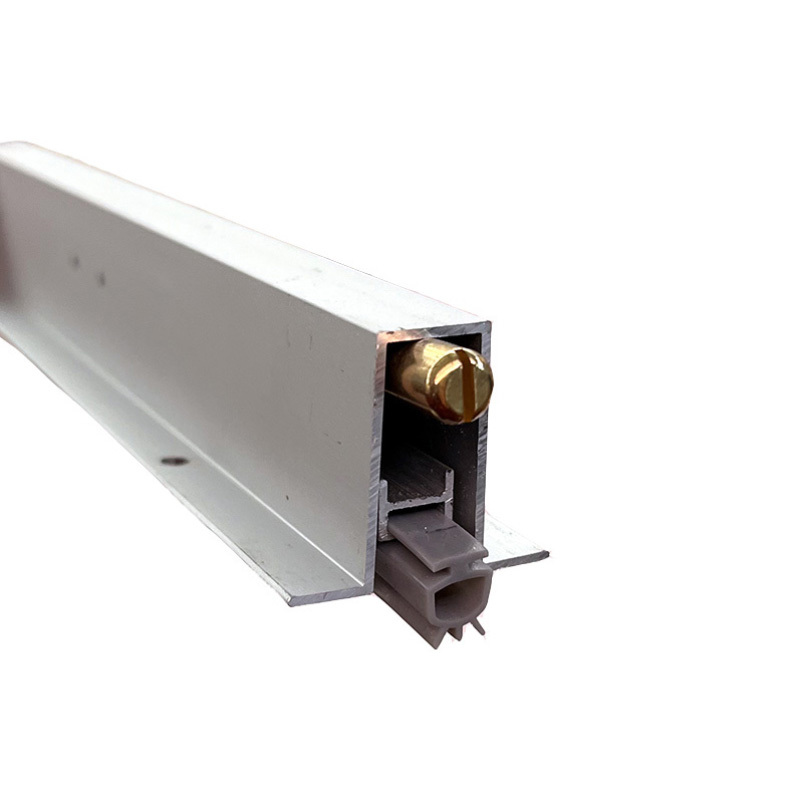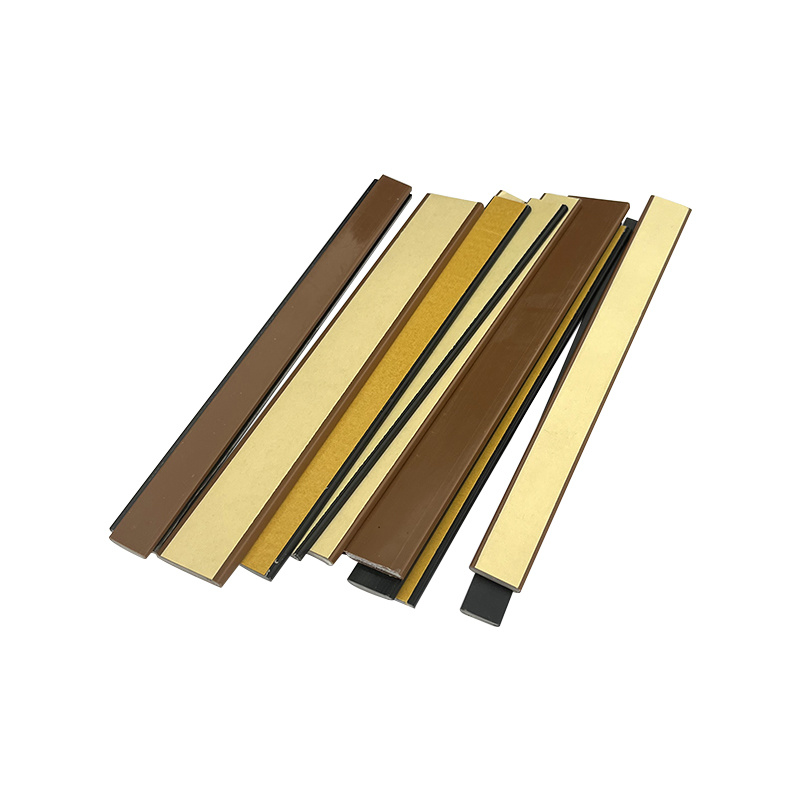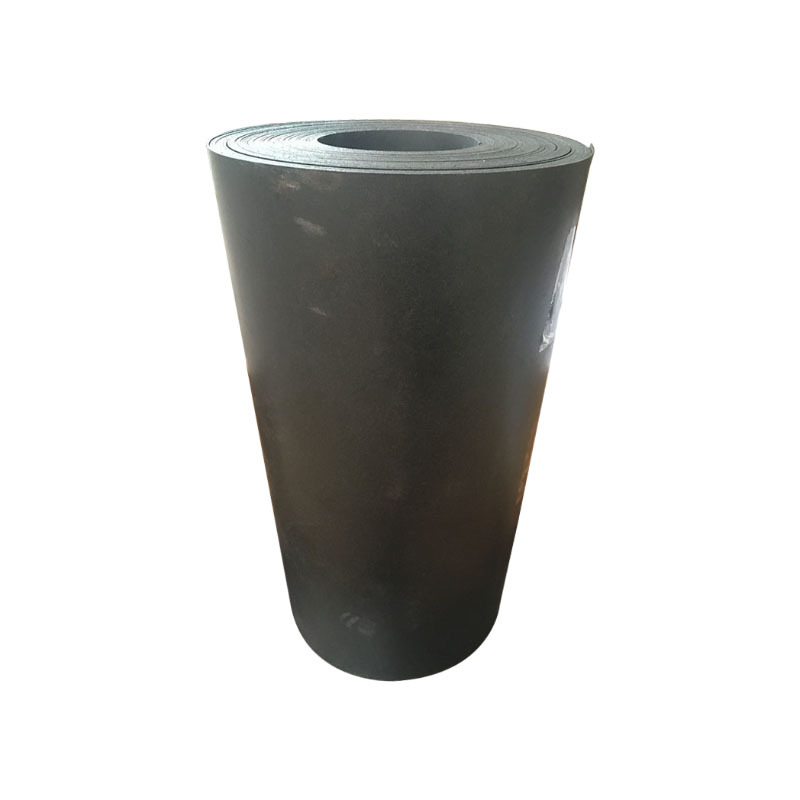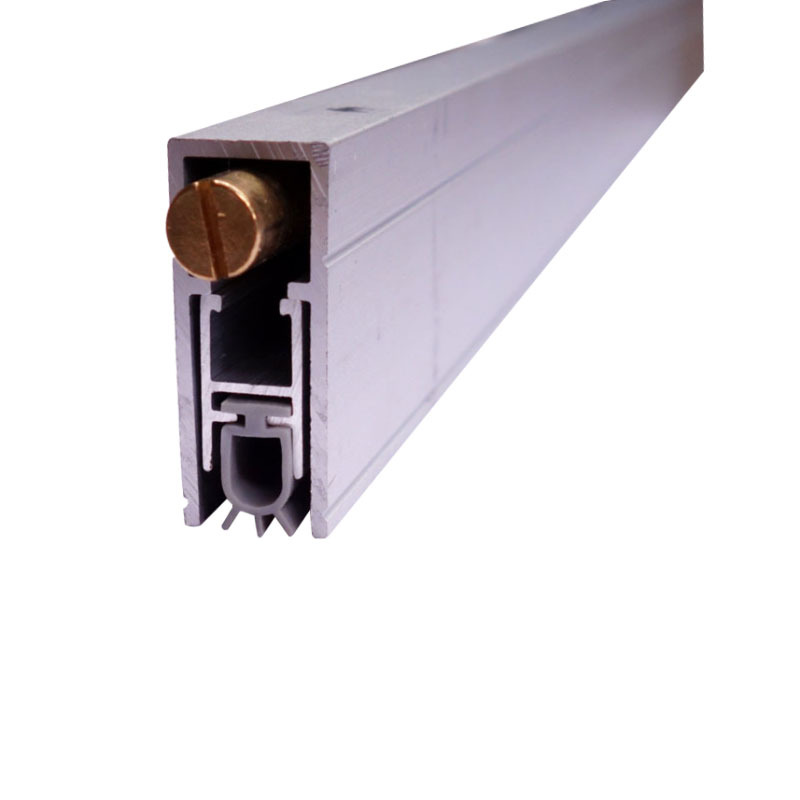








D-type soft and hard composite
Classification:
- Product Description
-
D-type soft and hard composite materials have been gaining attention in the field of materials science due to their unique combination of properties. These materials consist of a soft matrix phase, such as a polymer, combined with a hard reinforcement phase, such as nanoparticles or fibers. The synergy between the two phases results in enhanced mechanical, thermal, and electrical properties, making D-type soft and hard composites suitable for a wide range of applications.
One of the key benefits of D-type soft and hard composites is their improved mechanical properties. The hard reinforcement phase provides strength and stiffness to the material, while the soft matrix phase allows for flexibility and toughness. This combination results in materials that are both strong and ductile, making them ideal for applications that require a balance of these properties, such as in automotive parts or sporting goods.
In addition to their mechanical properties, D-type soft and hard composites also exhibit enhanced thermal properties. The hard reinforcement phase can act as a barrier to heat transfer, while the soft matrix phase can provide insulation. This results in materials that are more resistant to temperature changes and can be used in high-temperature applications, such as in aerospace components or electronic devices.
Furthermore, D-type soft and hard composites have superior electrical properties compared to traditional materials. The hard reinforcement phase can improve the conductivity of the material, while the soft matrix phase can prevent short circuits. This makes D-type soft and hard composites ideal for use in electrical and electronic applications, where both mechanical and electrical properties are crucial.
Overall, D-type soft and hard composites offer a unique combination of properties that make them versatile materials for a wide range of applications. Their enhanced mechanical, thermal, and electrical properties make them ideal for use in industries such as automotive, aerospace, electronics, and more. As research in this field continues to advance, we can expect to see even more innovative uses for D-type soft and hard composites in the future.
Product inquiry











